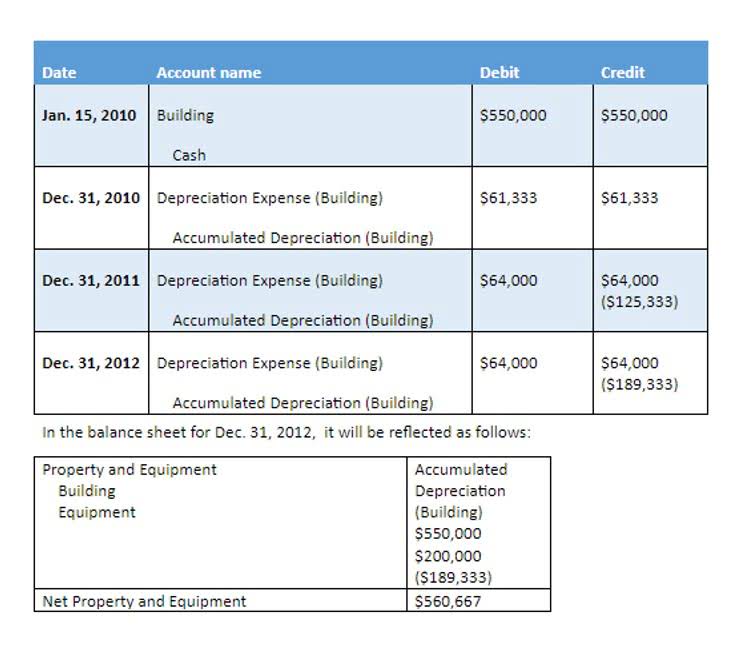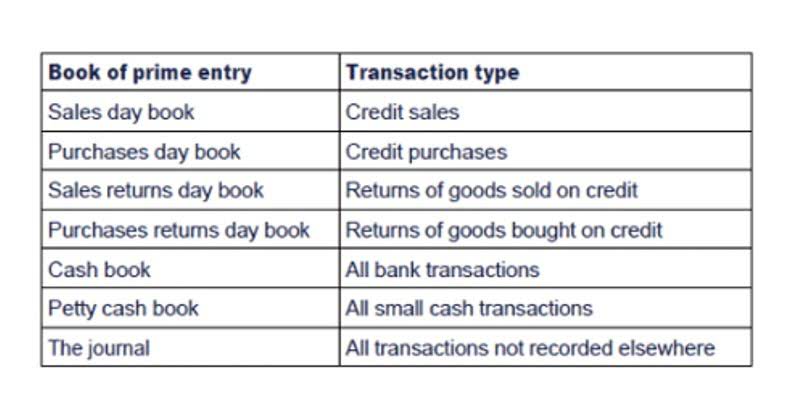
Think of bookkeeping as studying for a test—it’s the necessary first step you must take to prepare yourself for the big exam. In the same way, bookkeeping can prepare your nonprofit’s financial records and budget for tax filings, annual reports, and every other deep dive into your assets. We’ve covered briefly the differences between nonprofit and for-profit accounting practices. However, there retained earnings balance sheet is another distinction we need to cover when discussing accounting at nonprofit organizations and that is the difference between accounting and bookkeeping. Since nonprofits have specific rules and guidelines on how their funds are spent, it’s important to have a system to ensure the financial process is done correctly.

Key Responsibilities of a Nonprofit Bookkeeper

Hopefully, you’re feeling well-equipped with the logistics of not for profit accounting to explore your financial health. Now, we’ll pivot into ways to get the most value from best practices for implementing compliant and proactive Food Truck Accounting approaches within your team. Within your nonprofit, you might have an internal role as your bookkeeper and choose to hire a separate accountant.

Nonprofit Accounting Statements and Reports

Nonprofit bookkeepers oversee the day-to-day operations of the organization. Every year the IRS goes through 70,000 nonprofit applications that are applying for federal tax-exempt status. Remember to provide transparent and detailed guidelines for compensation and include employee benefits—even if they are nonmonetary, such as flexible working hours and paid time off. Properly paying employees can help boost morale and motivation within the organization, leading to greater job satisfaction, improved productivity, and better quality services from the nonprofit. Bookkeepers typically handle the data entry work, while the accountant handles the analysis of the data.
- The delegation also helps alleviate leadership of day-to-day accounting tasks and allows them to focus on other organizational objectives.
- Nonprofit accounting is crucial for any organization that relies on donations and grants to fulfill its mission, not just those without revenue.
- The idea of fund accounting, which emphasizes accountability rather than profits, is the primary difference between for-profit and non-profit standards.
- Hiring members who can advance your mission and set a strong strategic direction for the organization is important.
Essential Financial Reports
Understanding financial statements and budgeting will help you plan and strategize for the future of your organization. Today, software for accounting can help you design professional-level budgets. They allow accounting services for nonprofit organizations you to compare your budget’s goals to the income and spending over the budgeted year.
- Most importantly, you should adhere to proper disclosure procedures in all financial statements as outlined in GAAP guidelines.
- That way, you’ll identify potential bank errors, help track cash flow, and prevent fraud.
- A statement of cash flows is a financial statement that provides information about a nonprofit organization’s cash receipts and payments.
- To further enhance your nonprofit’s financial management, consider leveraging efficient tools that can streamline bookkeeping processes.
- Nonprofits have strict rules regarding funding sources and how they should be spent.

The statement of activities shows the change in net assets instead of net income, divided into restricted net assets and unrestricted net assets. In this guide, we’ll cover the responsibilities and skills of nonprofit bookkeepers, and we’ve included a job description template to help you get started. A skilled bookkeeper ensures financial transparency and accountability, vital to the organization’s fiscal health. Nonprofits must keep overhead costs to a minimum while also ensuring they provide the organization with the opportunity to grow, so careful, ongoing cost management is a must.
Leave a Reply